India is one of the largest producers and exporter of Rice to the world market. Indian Rice is classified as Basmati and Non-Basmati Rice.
We, at Visnukumar Traders Private Limited, specialize in all South Indian Rice Varieties. We understand the need of overseas South Indians and to fulfill their demands. We export high quality South Indian premium and popular rice varieties.
In our state of the art plant, we procure mature grains, process and pack them in hygienic conditions and export them to the world market as per the International Standards. We have packing facility to pack 500gms to 50 kg as required by customers. Currently we export to Sri Lanka, Singapore, Malaysia, Hong Kong, Australia, New Zealand, Brunei, UAE, KSA, Bahrain, Oman, Qatar, Fiji, France, Germany, Netherlands, Italy, Switzerland, Ireland, UK, USA etc.
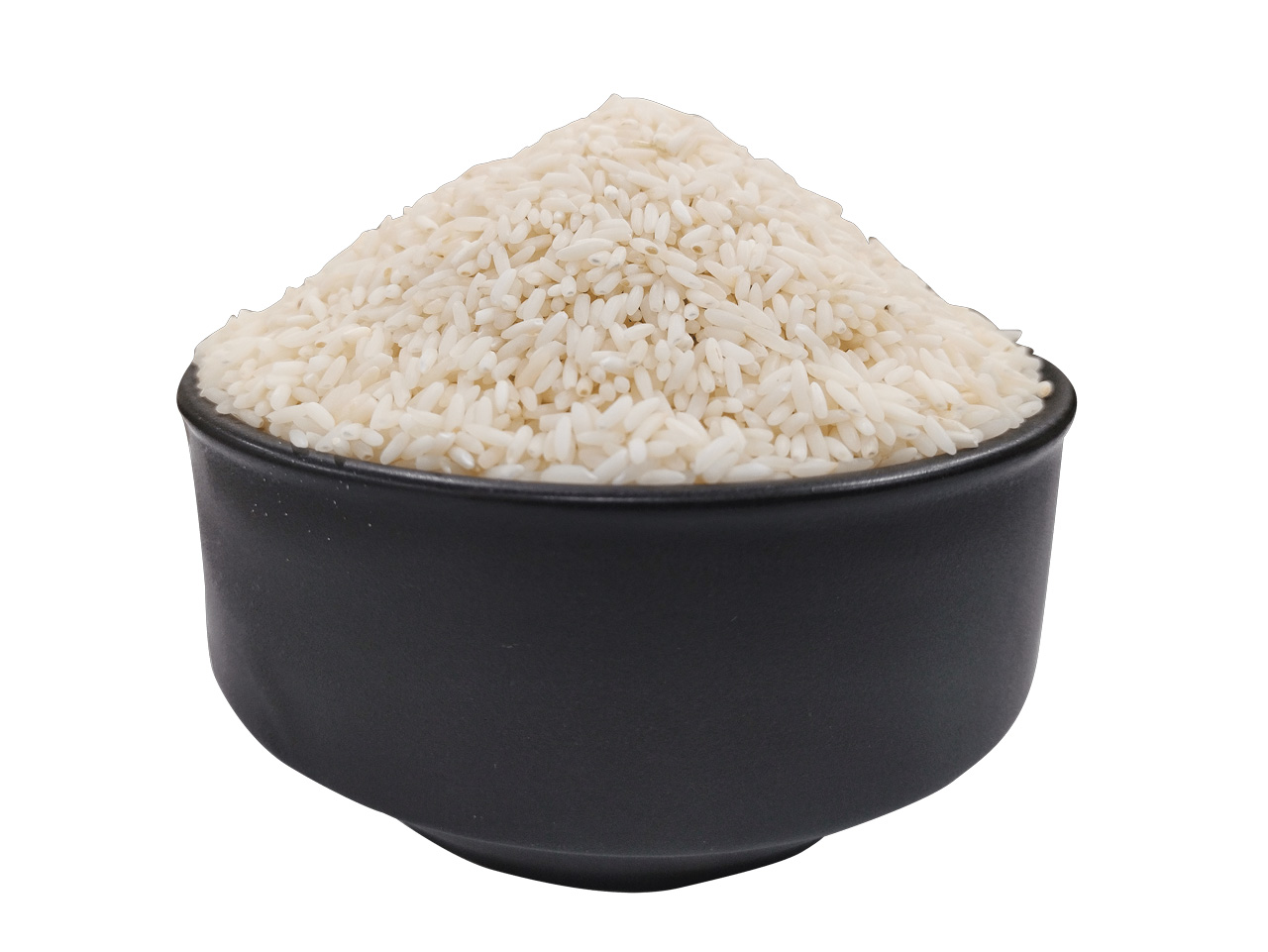
SONA MASURI RICE
Karnataka is the prime grower of this premium rice variety. We procure this rice from the fertile Tungabhadra rice belt. It is softer than most other types of rice and low in starch, besides being lightweight. We process Raw, Steamed and Par boiled Sona Masuri rice.
![]()
Benefits:
Sona masoori is ideal for individuals attempting to reduce weight due to its low calorie content. It is also simple to absorb. While basmati is healthy for those with high blood sugar levels due to its low glycemic index, it also comes in a variety of flavours.
![]()
Cooking Method:
Pressure Cooker:
Take 1 cup of Sona Masoori Rice and gently rinse twice. Combine with 2½ cups of water and let the mixture rest for 15 minutes. Cook for 3 whistles.
Microwave:
Take 1 cup of Sona Masoori Rice and gently rinse twice. Combine with 2½ cups of water and let mixture rest for 15 minutes. Cook in a microwave-safe bowl on high for 10 minutes, remove cover and stir. Cover and microwave on defrost for an additional 10 minutes.
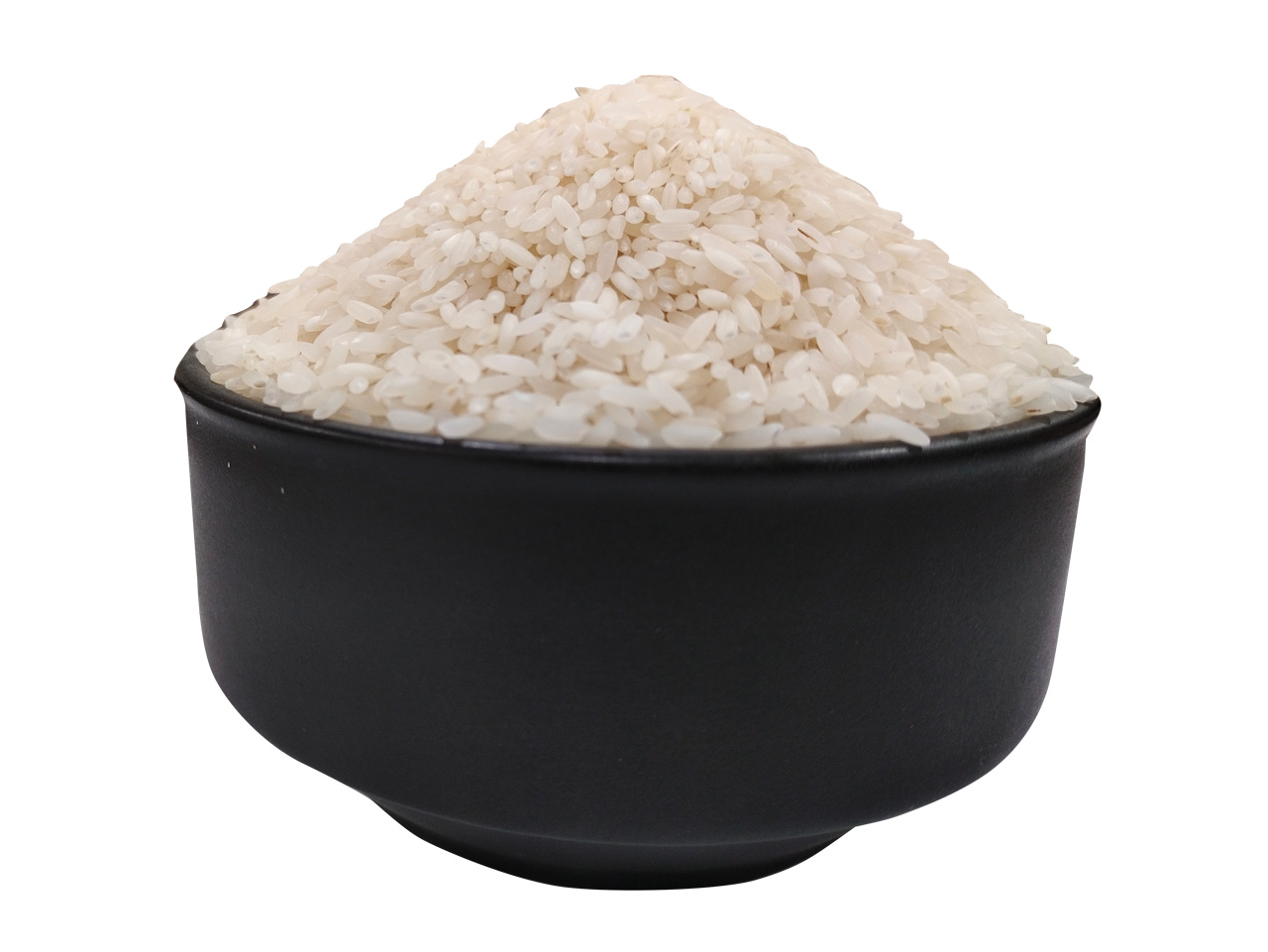
PONNI RAW RICE
This is the most preferred rice of south Indians. It grows all over the fertile paddy fields of Cauvery Basin, we take greater care in selecting the paddy in its best season. The rice being raw, it can be used for a variety of purpose and the quality of our product makes it a great success with both our markets abroad and those at home in South India.
![]()
Benefits:
It is high in nutrients and a wonderful source of protein. One cup of cooked parboiled rice contains 2 to 3% of the recommended daily allowance for calcium, iron, magnesium, and potassium. Ponni rice has numerous health benefits and is particularly useful for high blood sugar patients and diabetics in some kinds, as well as being easily digested.
![]()
Cooking Method:
The Classic Method
- Rinse the rice.
- Add 2 parts water and 1 part rice to a large pot. …
- Bring the water to a boil. Once it’s boiling, add a big pinch of salt.
- Maintain a simmer. …
- Cook without peeking or stirring. …
- Let the rice rest covered. …
- Fluff the rice with a fork.
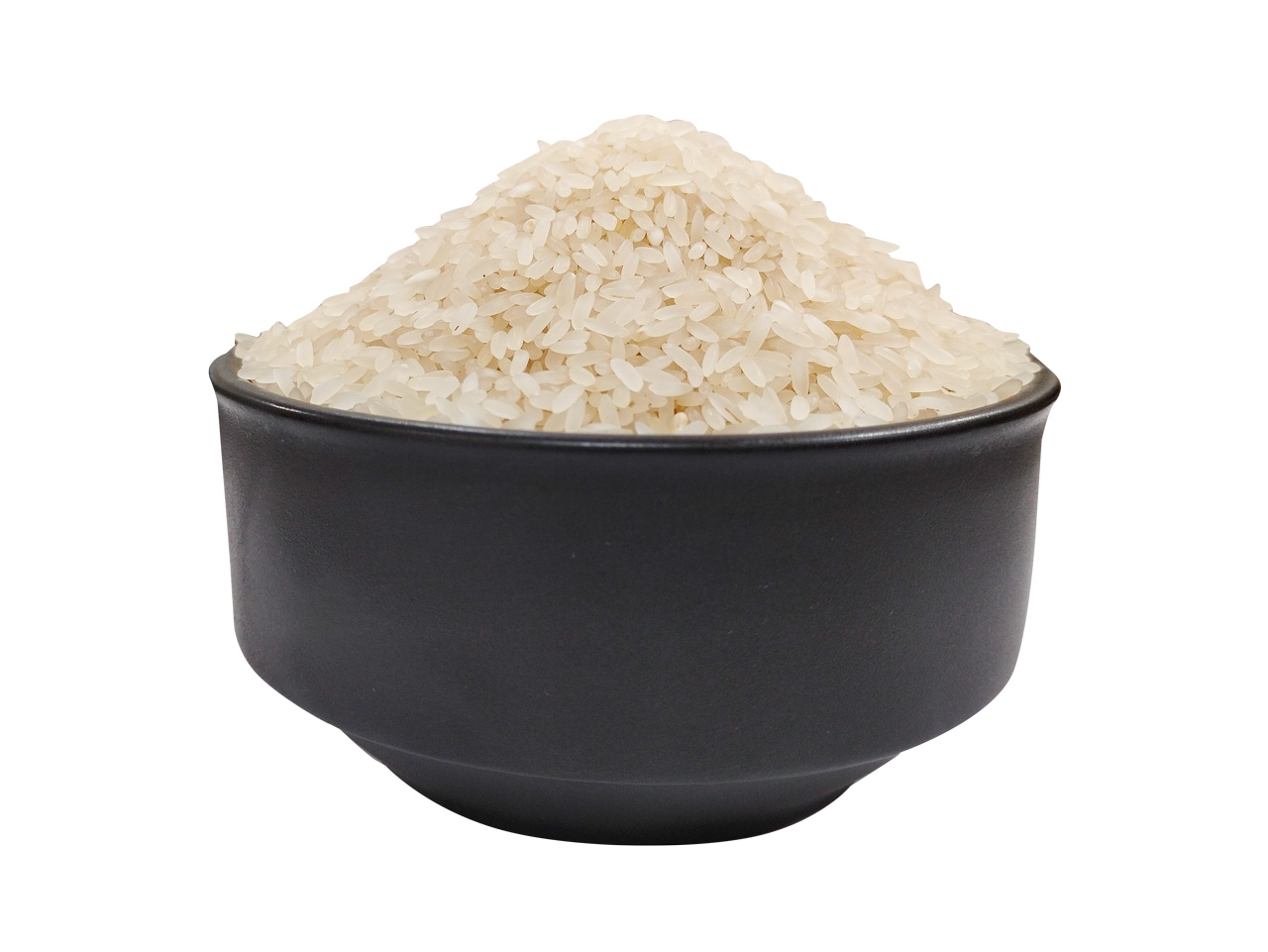
PONNI BOILED RICE
Ponni Boiled rice is widely grown in River Cauvery basin in the Tanjavur district of Tamil Nadu. This is a very nutritious and wholesome cereal and gives very good results when cooked. It cooks up fluffily and each individual l rice grain is distinct. Furthermore, our product has an ethnic feel to it and appeals to NRIs and Others who want a taste of their favorite home-cooked rice even when they are miles away from home.
Benefits:
It is high in nutrients and a wonderful source of protein. One cup of cooked parboiled rice contains 2 to 3% of the recommended daily allowance for calcium, iron, magnesium, and potassium. Ponni rice has numerous health benefits and is particularly useful for high blood sugar patients and diabetics in some kinds, as well as being easily digested.
Cooking Method:
The Classic Method
- Rinse the rice.
- Add 2 parts water and 1 part rice to a large pot. …
- Bring the water to a boil. Once it’s boiling, add a big pinch of salt.
- Maintain a simmer. …
- Cook without peeking or stirring. …
- Let the rice rest covered. …
- Fluff the rice with a fork.
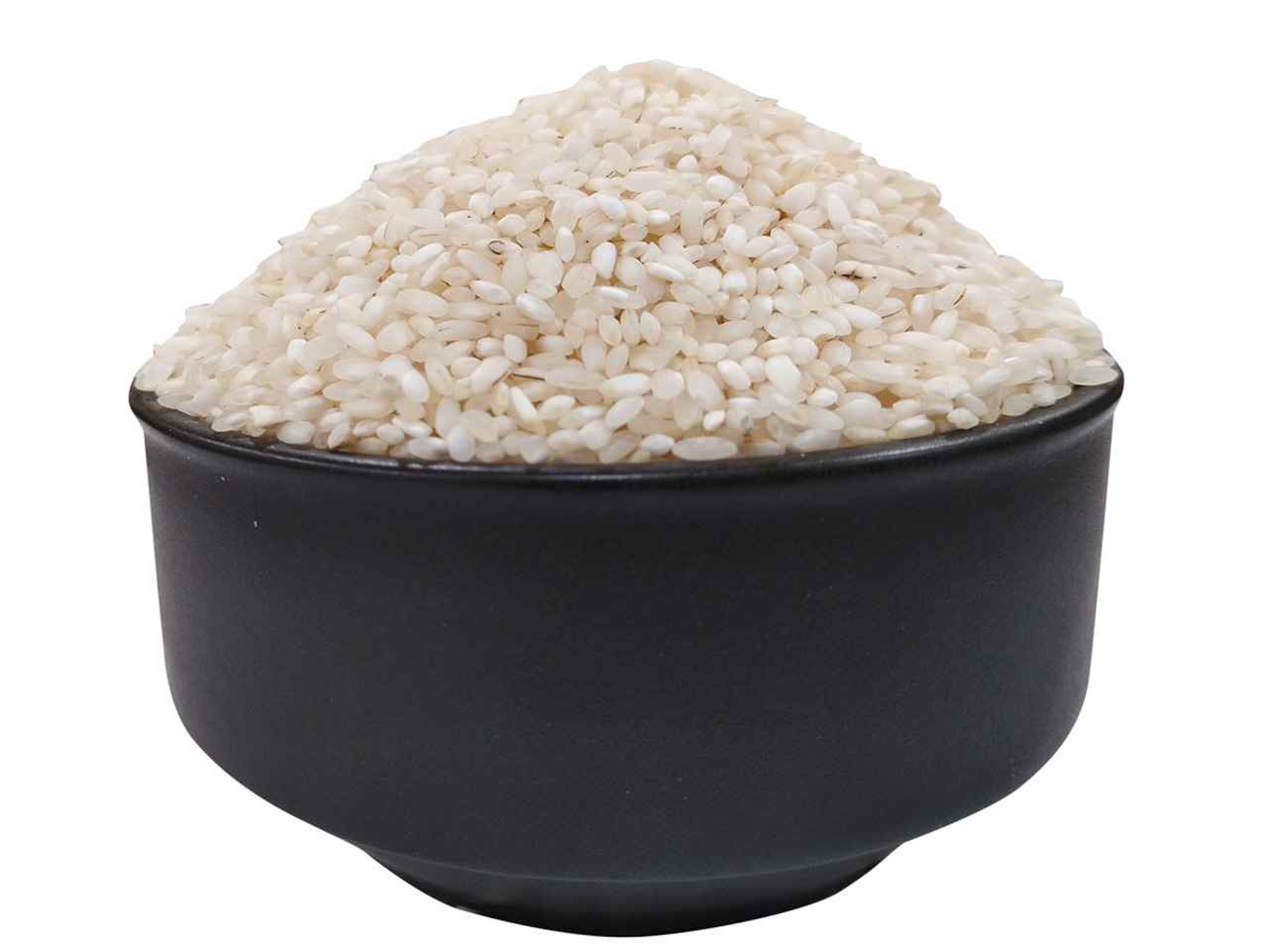
IDLY RICE
Idly Rice, is the popular rice used for preparing South India’s favorite dish idly and Dosa .This rice is short and bold. We select and boil the best-quality grains to ensure that the batter that our customers use to make their favorite foods is of the highest possible standard.
![]()
Benefits:
Idli breakfast is high in protein and low in calories, and it is easy to digest, so it can aid in the maintenance of a healthy digestive system.
![]()
Cooking Method:
The Classic Method
- Parboiled rice and Black gram (Urad dal) were soaked separately for 4-5hrs,
- After draining the water, rice and black gram were grind separately with occasional addition of water during grinding process,
- The rice and black gram batters were then mixed together with addition of a little salt,
- The mixture was allowed to ferment overnight at room temperature,
- The fermented batter was dispensed in special idli pans and allowed for steaming for 5–8 min
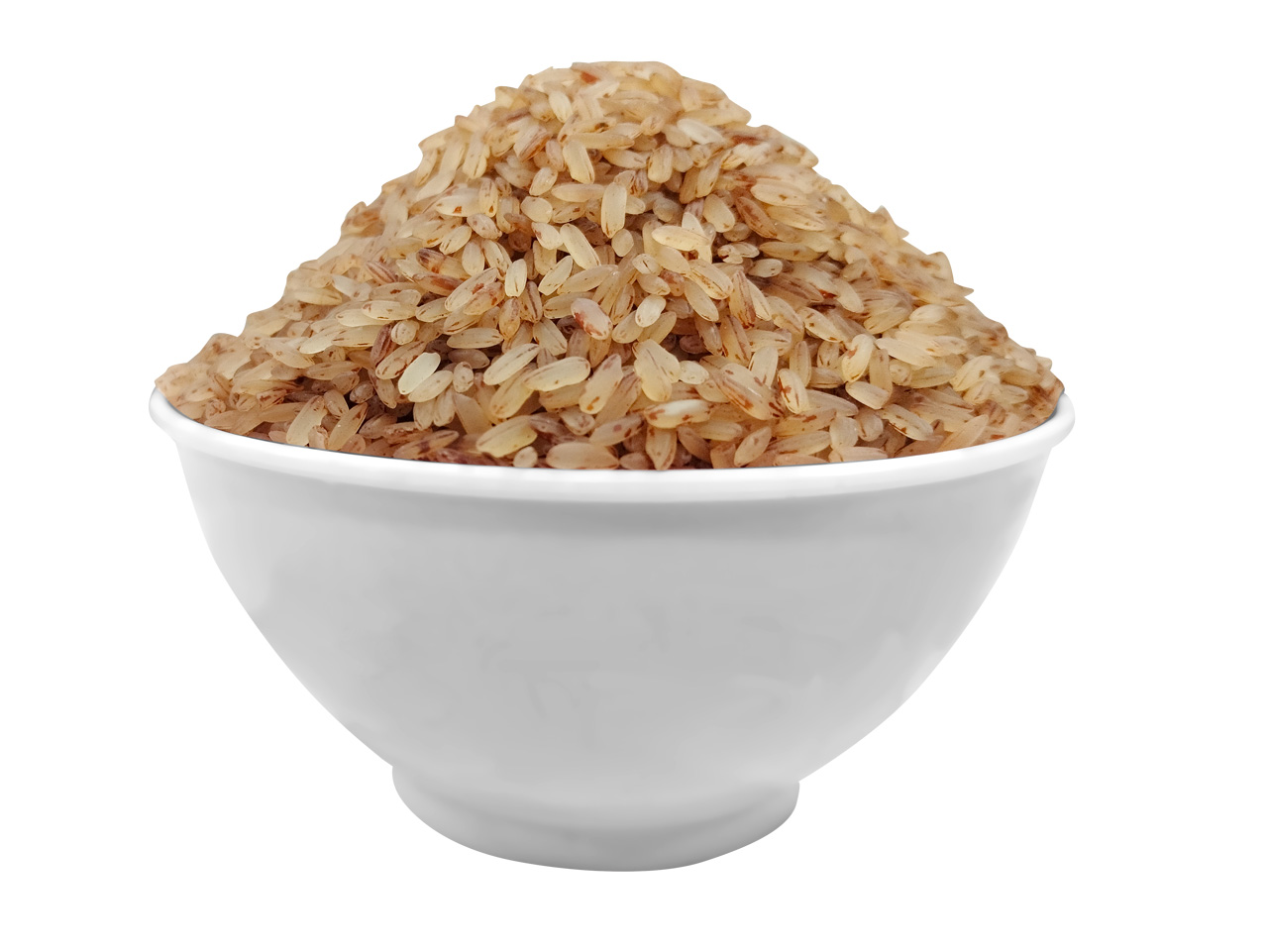
MATTA RICE
Matta Rice, is an indigenous variety of rice grown principally in the Palakkad district of Kerala which is rich in nutrient content. This Matta rice is reddish brown in color. It is also called Red Boiled Rice. We offer Long grain, Short grain, Single Boiled, Double Boiled and Matta Broken Rice.
![]()
Benefits:
The nutritional value and fibre content of Matta Rice are far higher than any other rice variety found in India. The natural goodness of matta rice’s outer covering is preserved. Matta rice has 84 milligrammes of magnesium and one gramme of calcium per cup. It is the best source of magnesium and helps to prevent ailments such as cancer, heart disease, and diabetes, among others.
Cooking Method:
The Classic Method
- Wash and soak the rice for 30 minutes minimum. You can soak upto an hour.
- Take the pressure cooker and add in one cup of water to the cooker. Take a bowl and add in the washed and drained rice.
- After 30 minutes, open the cooker.
- Perfectly cooked kerala matta rice is ready.
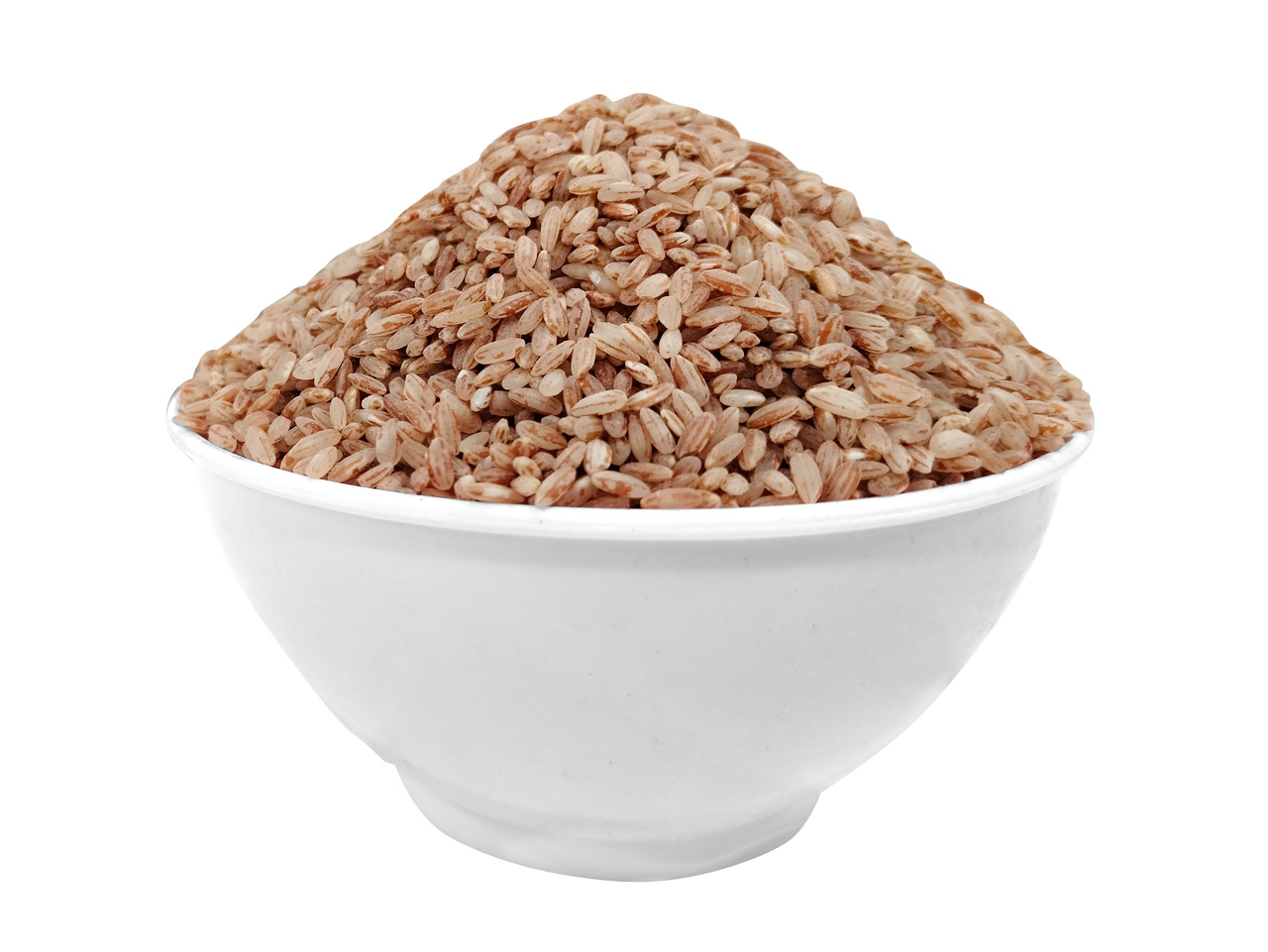
RED RAW RICE
This Red Rice variety is hulled to retain the bran to the required level. This high fibre Red Raw rice is mostly used to make flour and porridge. Our modern processing plant procures this rice variety and processes it to different levels. We polish the grains to 25%, 50% or a 100%, depending on our buyers’ specific demands.
Benefits:
The nutritional value and fibre content of Matta Rice are far higher than any other rice variety found in India. The natural goodness of matta rice’s outer covering is preserved. Matta rice has 84 milligrammes of magnesium and one gramme of calcium per cup. It is the best source of magnesium and helps to prevent ailments such as cancer, heart disease, and diabetes, among others.
Cooking Method:
The Classic Method
- Wash and soak the rice for 30 minutes minimum. You can soak upto an hour.
- Take the pressure cooker and add in one cup of water to the cooker. Take a bowl and add in the washed and drained rice.
- After 30 minutes, open the cooker.
- Perfectly cooked kerala matta rice is ready.
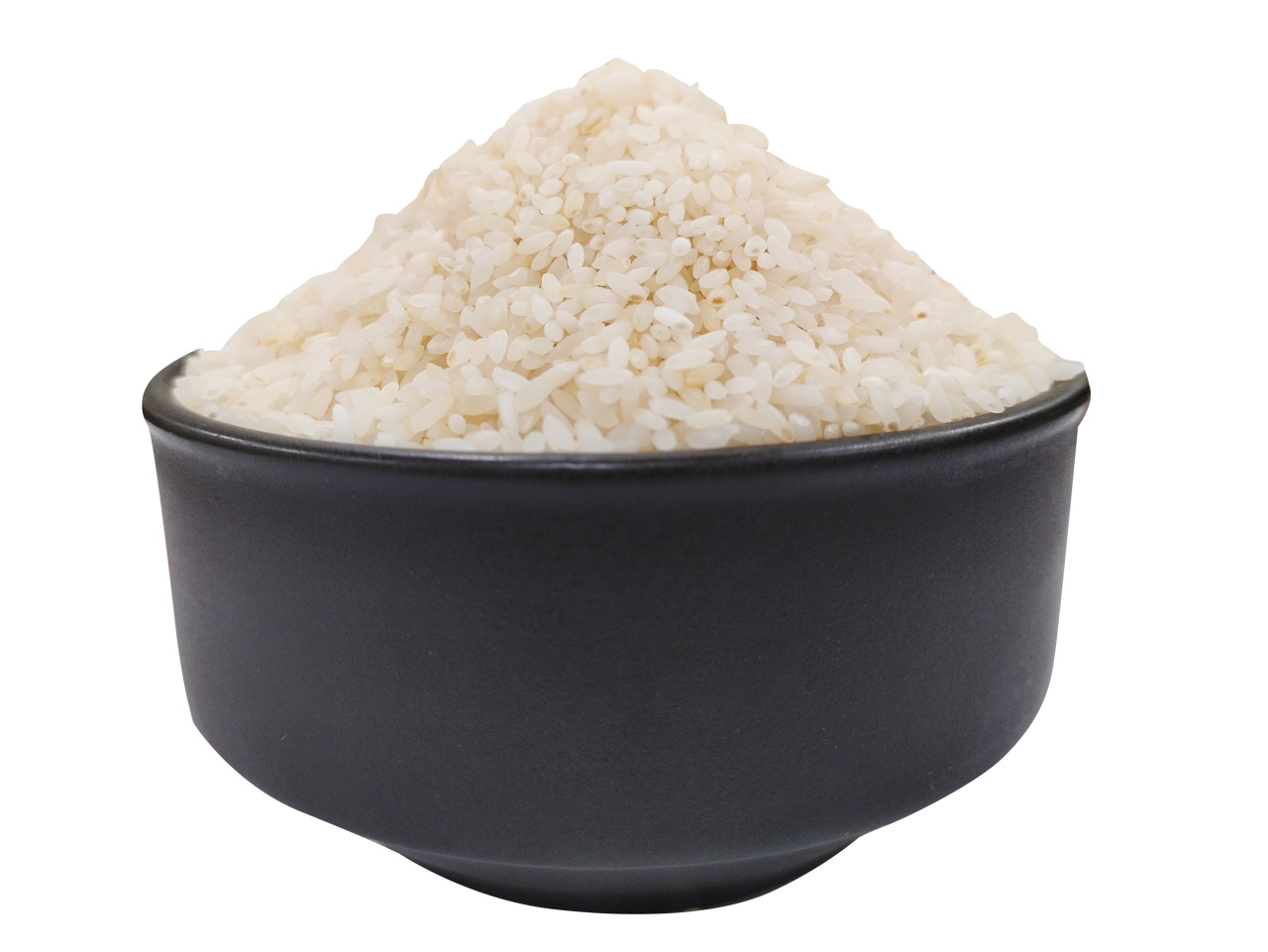
JEERA RICE
This is one of the shortest and fine rice variety that cooks up fluffy and smooth .I t is very aromatic with a unique fragrance very distinct from Basmati. We procure the paddy and process it in our most modern mills, with the utmost care so as to not destroy the aroma or flavor, and to enrich the final product for our buyers.
Benefits:
Seeraga samba rice is high in selenium, which helps to prevent colon and intestine cancer. It has more fibre, which aids in the elimination of free radicals from the colon and gut. It also contains phytonutrients, which aid in the fight against breast cancer and improve heart function
Cooking Method:
The Classic Method
Bring the water to a boil. Open the lid and add 1 1/4 cup of soaked and filtered seeraga samba rice. Mix well and close the lid of the pressure cooker and cook for 2 whistles in medium flame.
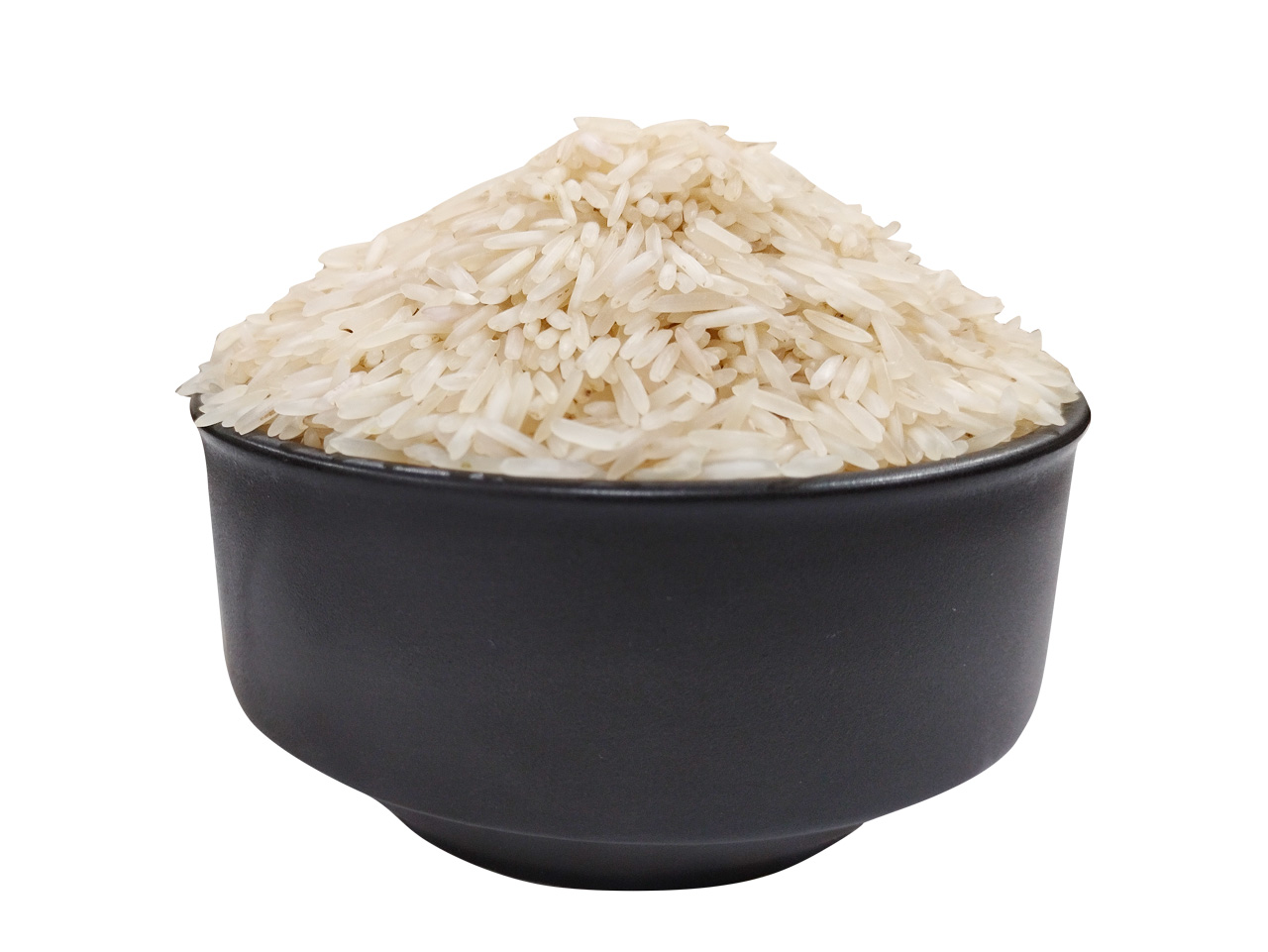
BASMATI RICE
Basmati is an aromatic rice type with long, slender grains that is historically farmed in India, Nepal, and Pakistan. Many countries use basmati rice farmed in their own countries; nevertheless, basmati is only grown in a few regions of India and Pakistan.
Benefits:
Basmati rice contains soluble fibre, which increases bulk and aids in the movement of waste through the digestive tract. Whole grains, such as brown basmati rice, have been related to a reduced risk of heart disease. Whole grains can help lower cholesterol levels in the blood. Basmati rice, which has a low glycemic index and is high in dietary fibre, aids in diabetes management, digestion, and weight loss.
Cooking Method:
The Classic Method
- Firstly, pour enough water into a pot and place it on the high flame.
- Let the water come to a boil.
- Add salt, ghee/oil, and other spices to the water.
- Now, add the soaked rice grains to it.
- Allow it to cook on high flame, and don’t forget to stir gently.
- Once the rice cooks well, take it out using a rice strainer. You may also drain it out in a colander.
- Place the rice on a plate and fluff it gently.
- Allow it to rest for at least 10 minutes before serving or cooking further for Fried Rice or Dum Biryani.
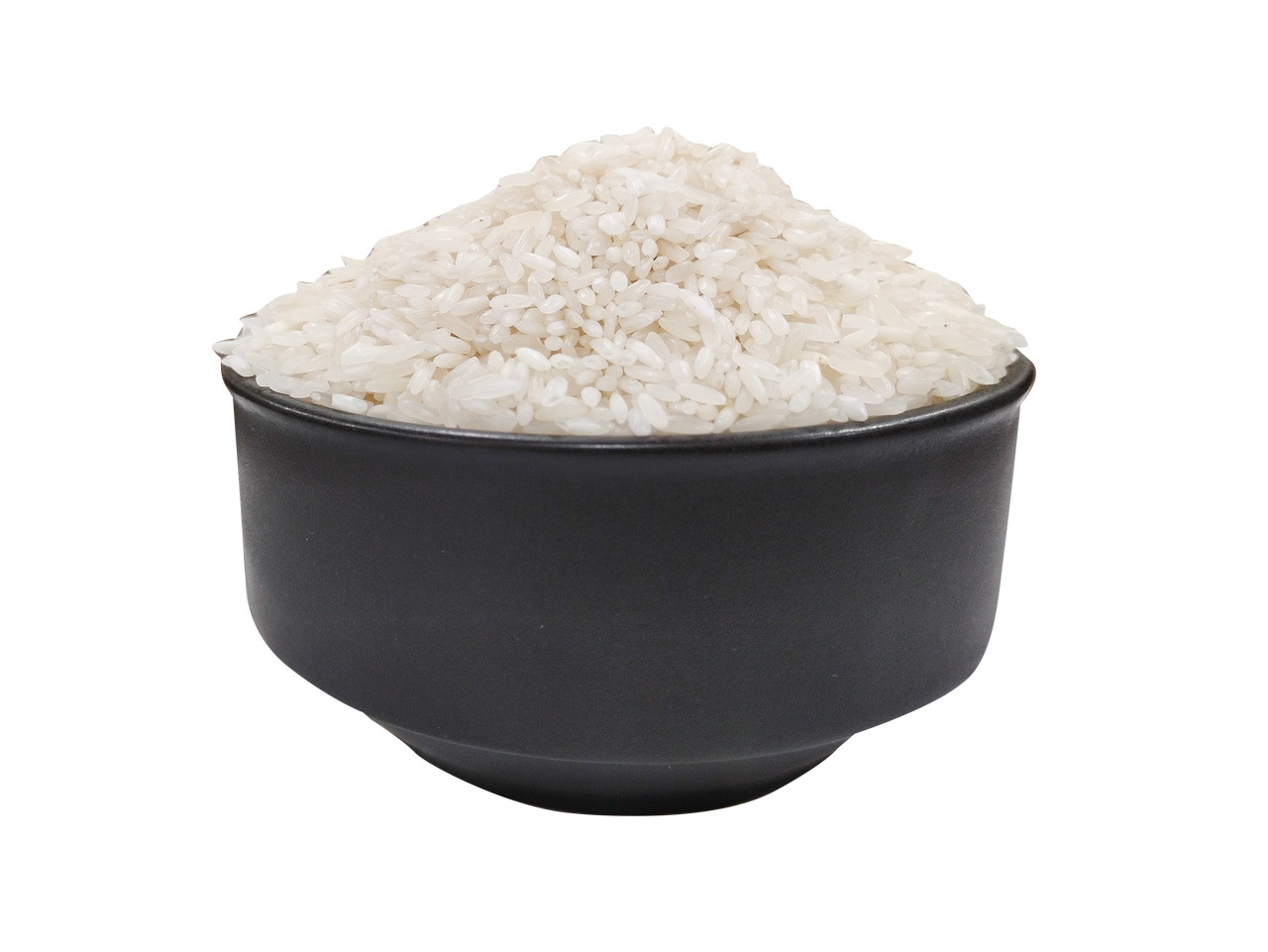
IR-64 – LONG-GRAIN WHITE RICE
IR 64 Parboiled Rice is one of India’s greatest long grain rice varieties. It is the most well-known non-basmati rice that India exports. The smoothness of this rice, as well as the lengthy grain, distinguishes it from others. For millennia, the Non-Basmati IR 64 Rice has been grown in the Indian subcontinent. This type of rice is the primary source of protein-rich carbs and is prized for its flavour and scent. It is cooked rice that is grown in a planned manner.
Benefits:
The pre-cooking of the IR 64 rice deactivates the enzymes that break down the fat in the rice, and it contains a higher percentage of vitamin B than ordinary white rice. The rice is easy to digest and good for both adults and children. If you consume our IR 64 rice every day, it will not affect your blood sugar.IR 64 Parboiled Rice contains a significant amount of folate, which aids in the prevention of cardiovascular disease in humans.
Cooking Method:
The Classic Method
- Rinse the rice.
2. Add 2 parts water and 1 part rice to a large pot. …
3. Bring the water to a boil. Once it’s boiling, add a big pinch of salt.
4. Maintain a simmer. …
5. Cook without peeking or stirring. …
6. Let the rice rest covered. …
7. Fluff the rice with a fork.
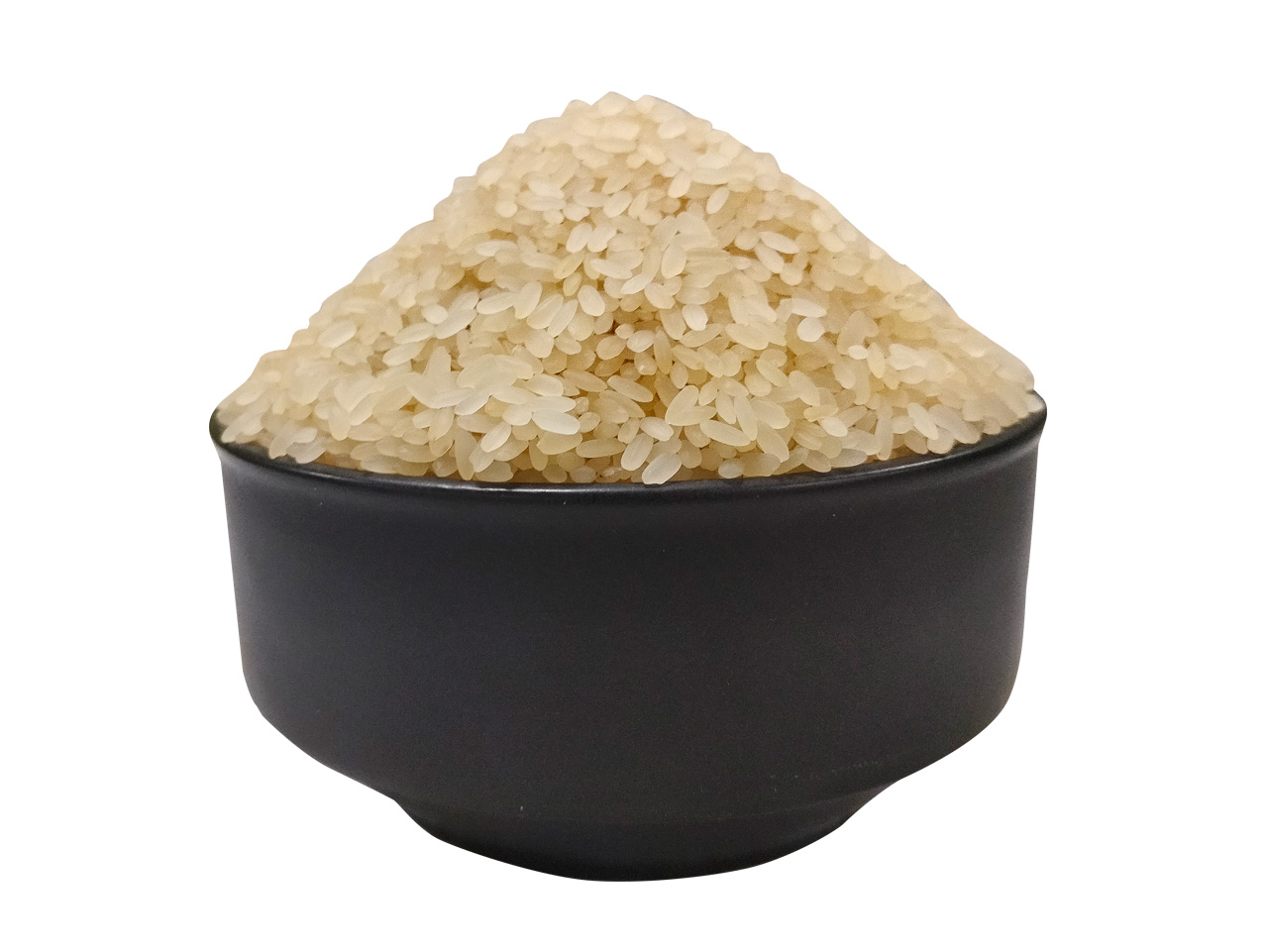
THANJAVUR KURVA RICE
This rice is a par boiled short grain variety .This rice can be stored for long periods due to its remarkable shelf-life. It has high nutrition content and is among the very best when it comes to taste.
![]()
Benefits:
Kuruva rice offers more fibre, protein, and overall “healthier” nutrients. White rice, on the other hand, is nothing more than “empty calories” with no nutritious benefit. Kuruva rice is high in selenium, a mineral that lowers the risk of acquiring diseases like cancer, heart disease, and arthritis.
![]()
Cooking Method:
The Classic Method
- Rinse the rice.
- Add 2 parts water and 1 part rice to a large pot.
- Bring the water to a boil. Once it’s boiling, add a big pinch of salt.
- Maintain a simmer.
- Cook without peeking or stirring.
- Let the rice rest covered.
- Fluff the rice with a fork.
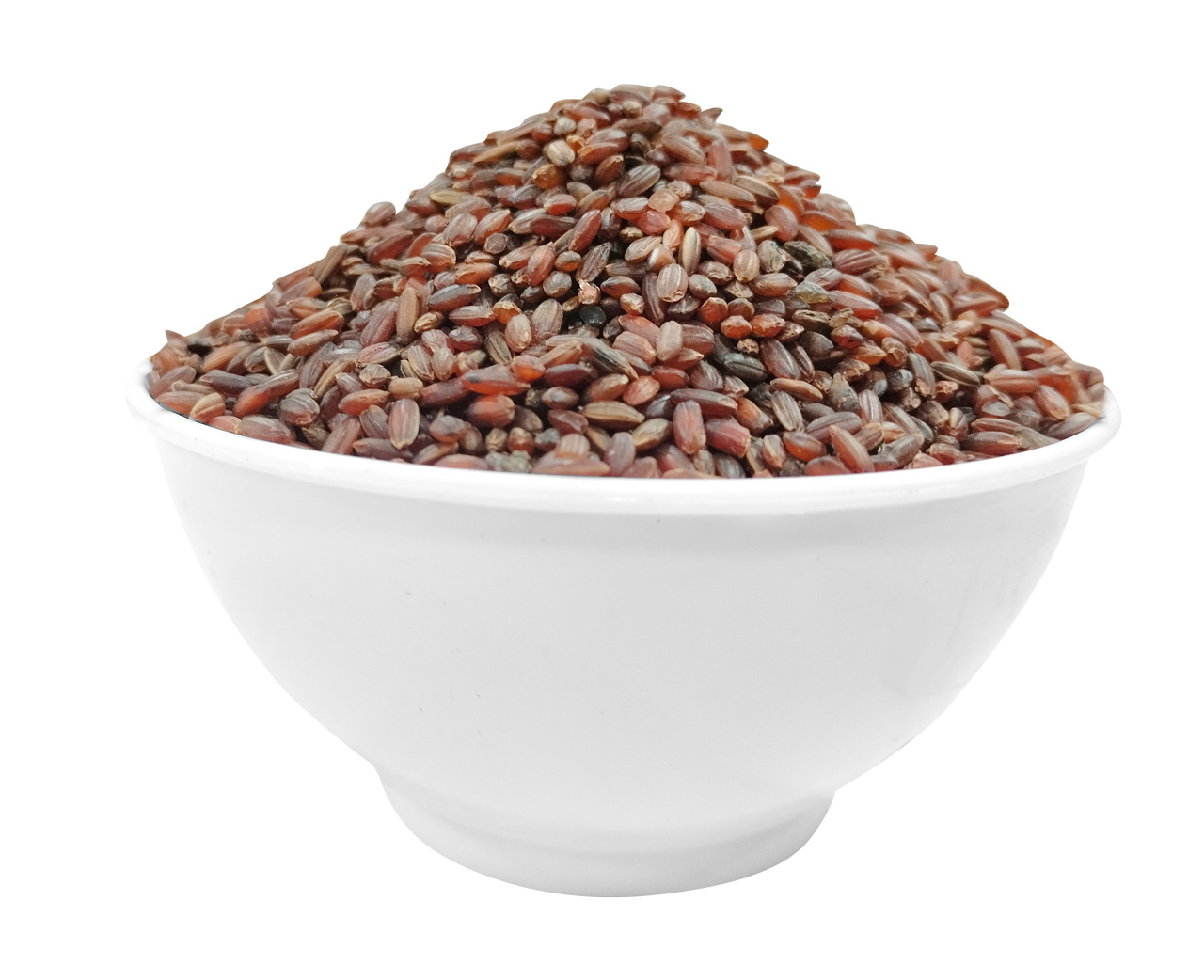
MAPPILAI SAMBA RICE
Mapillai Samba, often known as “Bride Groom Rice,” is a red-colored native type of rice (Traditional Red Rice) grown primarily in Tamil Nadu. It’s ideal for organic farming because it’s hardy and doesn’t require much in the way of fertilisers or pesticides.
![]()
Benefits:
Iron and zinc are abundant in Mappillai samba rice. Myoglobin and haemoglobin are produced with the help of iron. Myoglobin and haemoglobin transport oxygen to muscles and tissues, allowing the body to maintain a high level of energy. It also includes pro-anthocyanins, which aid to lower cholesterol and control blood sugar levels.
![]()
Cooking Method:
The Classic Method
It can be cooked as rice, or made as Idli, Dosa, upma, pongal etc.
- Rinse the rice in water & soak it for 90 minutes.
- Keep a pot shaped vessel on the stove add water (qty should be 3 times of the rice) and let it boil.
- Add washed and soaked rice to boiling water, keep the stove in slow speed.
- Optional – Add a pinch of salt
- When it has almost absorbed all the water, check whether the rice is cooked, if not add little quantity of water.
- Repeat step 5 of adding little quantity of water untill the rice is cooked. Usually it takes about 30 to 45 minutes for Mapillai samba rice to be cooked well, there will be some water still left over with the rice.
- Drain the remaining water in a separate vessel, that’s your Gruel – morning energy drink Mapillai samba’s Gruel is so unique – known to provide high energy, a proven cure for ulcers, traditionally given to new mothers to regain strength
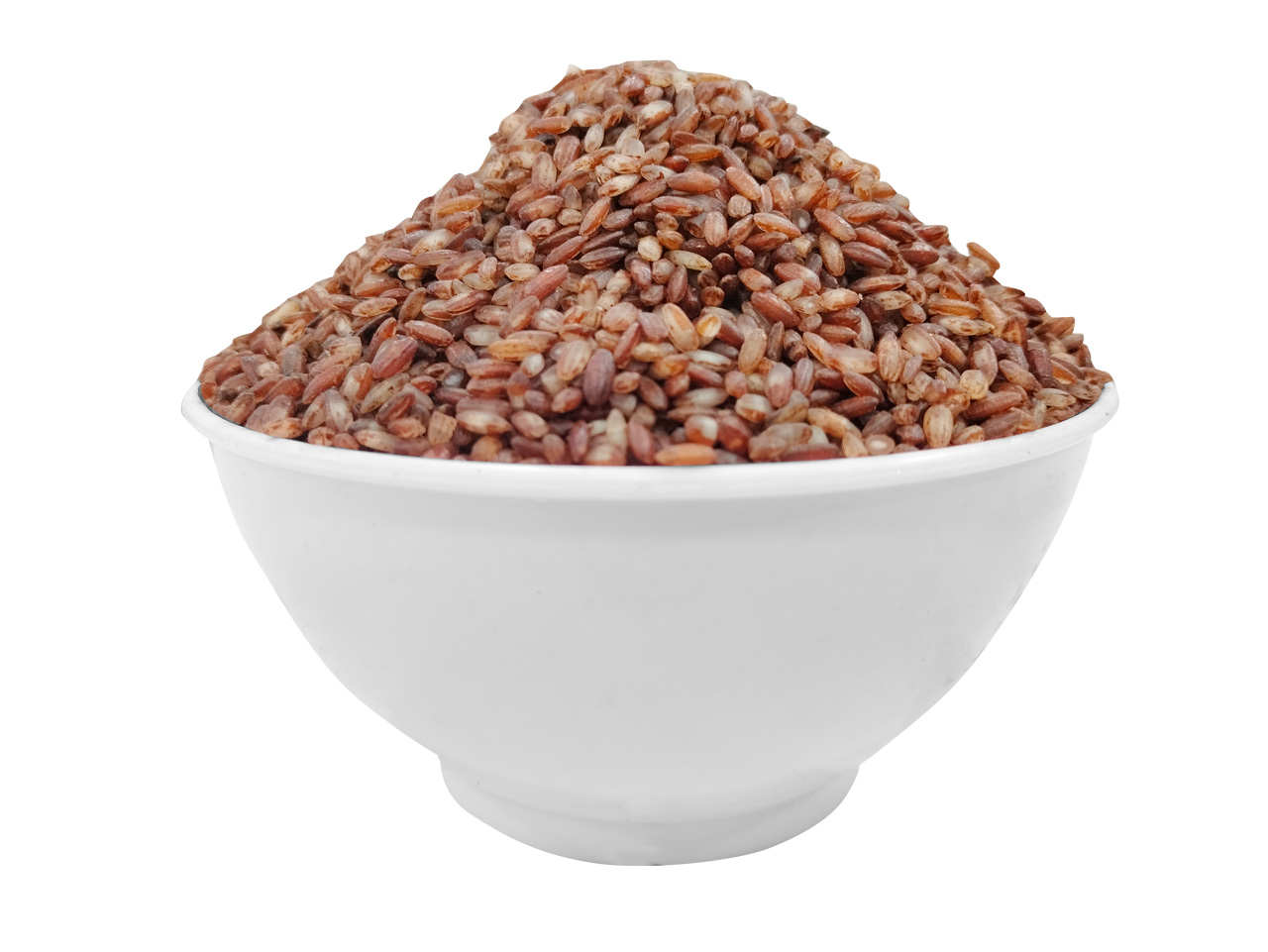
MOTTAI KARUPAN RICE
Mottai Karupan rice is a type of unpolished rice that is richer in nutritional content than white or polished rice. It has a high fibre content, as well as vitamins B1 and B2, iron, and calcium. It is favoured by health experts and fitness enthusiasts alike due to its high fibre content, which aids in weight loss.
![]()
Benefits:
Hand Pound Rice is high in iron and vitamin, both of which aid in the creation of RBC (red blood corpuscles) in our bodies, which is an important component for maintaining good skin health. Rice’s antioxidants may aid in the battle against free radicals, which help to prevent our skin from premature ageing.
![]()
Cooking Method:
The Classic Method
- Wash and soak the rice for 30 minutes minimum. You can soak upto an hour.
- Take the pressure cooker and add in one cup of water to the cooker. Take a bowl and add in the washed and drained rice.
- After 30 minutes, open the cooker.
- Perfectly cooked Mottai Karupan rice is ready.
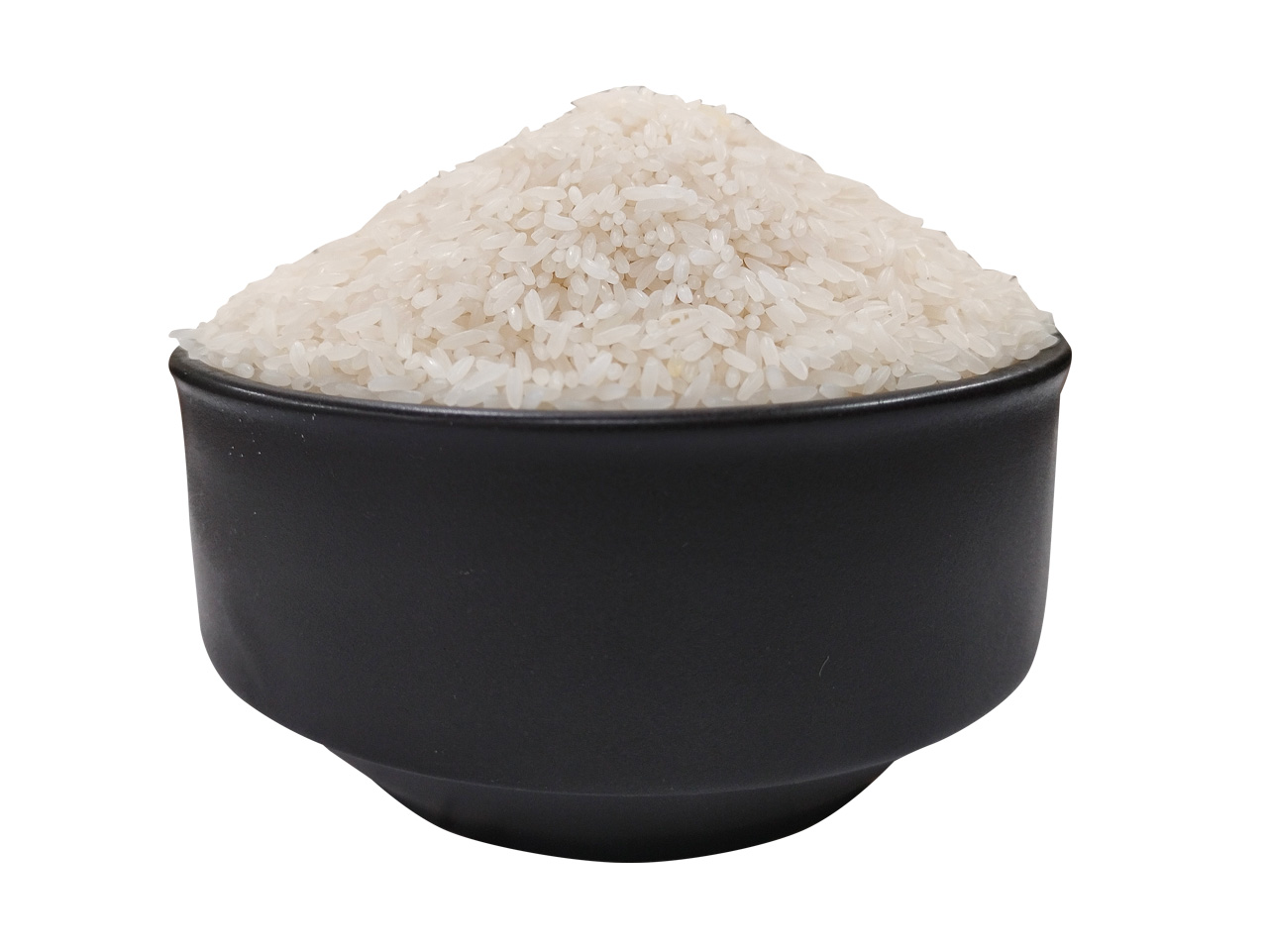
SRUTI KOLAM RICE
Sruti Kolam is a rice grain variety with a medium size. It’s the most common type of rice consumed on a daily basis. Traditional Basmati Rice has a softer flavour and aroma. Kolam rice grains are small, spongy, and easy to consume. When cooked, it emits a similar floral scent. It has been particularly processed for everyday cooking in a variety of ordinary meals, making it ideal for everyday eating. Kolam rice is a short grain rice that can be used for everyday meals, as a side dish with curries, or as a dal khichdi.
![]()
Benefits:
- Fiber-rich.
- Assists with digestion.
- Boost your energy and your mood.
- Low glycemic index, which reduces the impact of high blood sugar levels.
- Reduces cholesterol levels.
- The best feature is that it has a low glycemic index, making it safe for diabetics.
![]()
Cooking Method:
The Classic Method
- Wash and soak the rice for 30 min.
- Heat pan & add 6 cups of water, let it boil.
- Once it’s boiled add soaked kolam rice. Cook till soft.
- Once it’s ready, cut off the heat, cover the lid & leave it for 5 min.
- Then serve hot with any gravy.
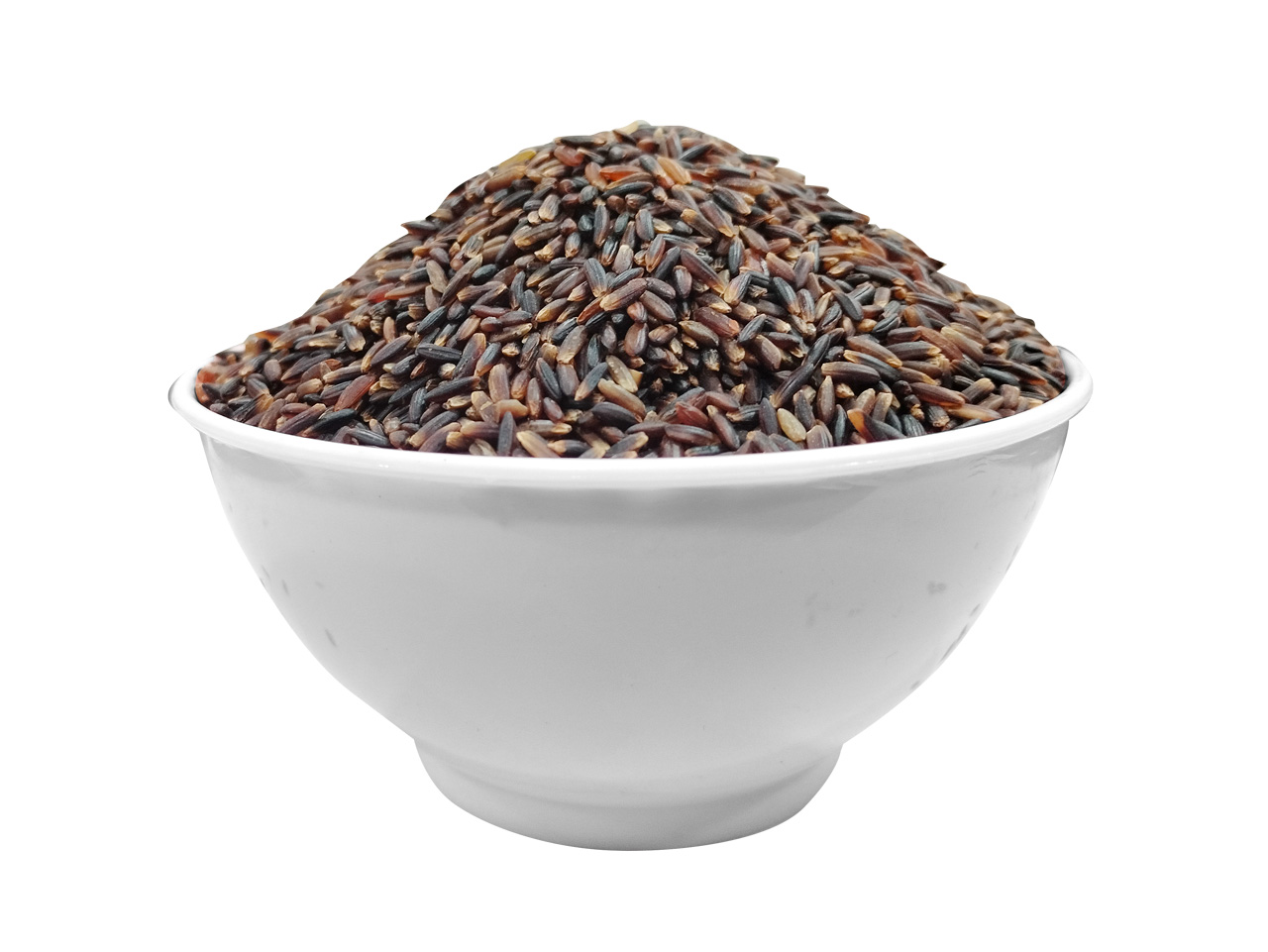
BLACK RICE
Black rice (also known as Forbidden Rice, Purple Rice, and Longevity Rice) is a group of rice varieties belonging to the Oryza sativa L. species. Black rice’s bran hull (outermost layer) has one of the highest quantities of anthocyanin antioxidants known in food. Black rice is a dark black rice that turns a rich purple colour when cooked. The anthocyanin content of this grain is higher by weight than that of other coloured grains, which accounts for its rich purple hue. The grain is similar to brown rice in terms of fibre content and has a moderate, nutty flavour.
![]()
Benefits:
- Antioxidant-rich food
- Source of dietary fibre
- Obesity risk is reduced.
- It functions as a natural detoxifier.
- Heart health is improved.
- Black rice is said to be beneficial to the kidneys, the stomach, and the liver.
![]()
Cooking Method:
The Classic Method
- Soak Black Rice and Urad dal for 6 hours in Luke warm water
- Drain the Water and grind together rice and daal to with 2 cups of water.
- Let the batter ferment overnight.
- Apply Ghee on a non-stick pan and spread the batter as thin as possible using a ladle.
- Serve with Chutney of your choice.
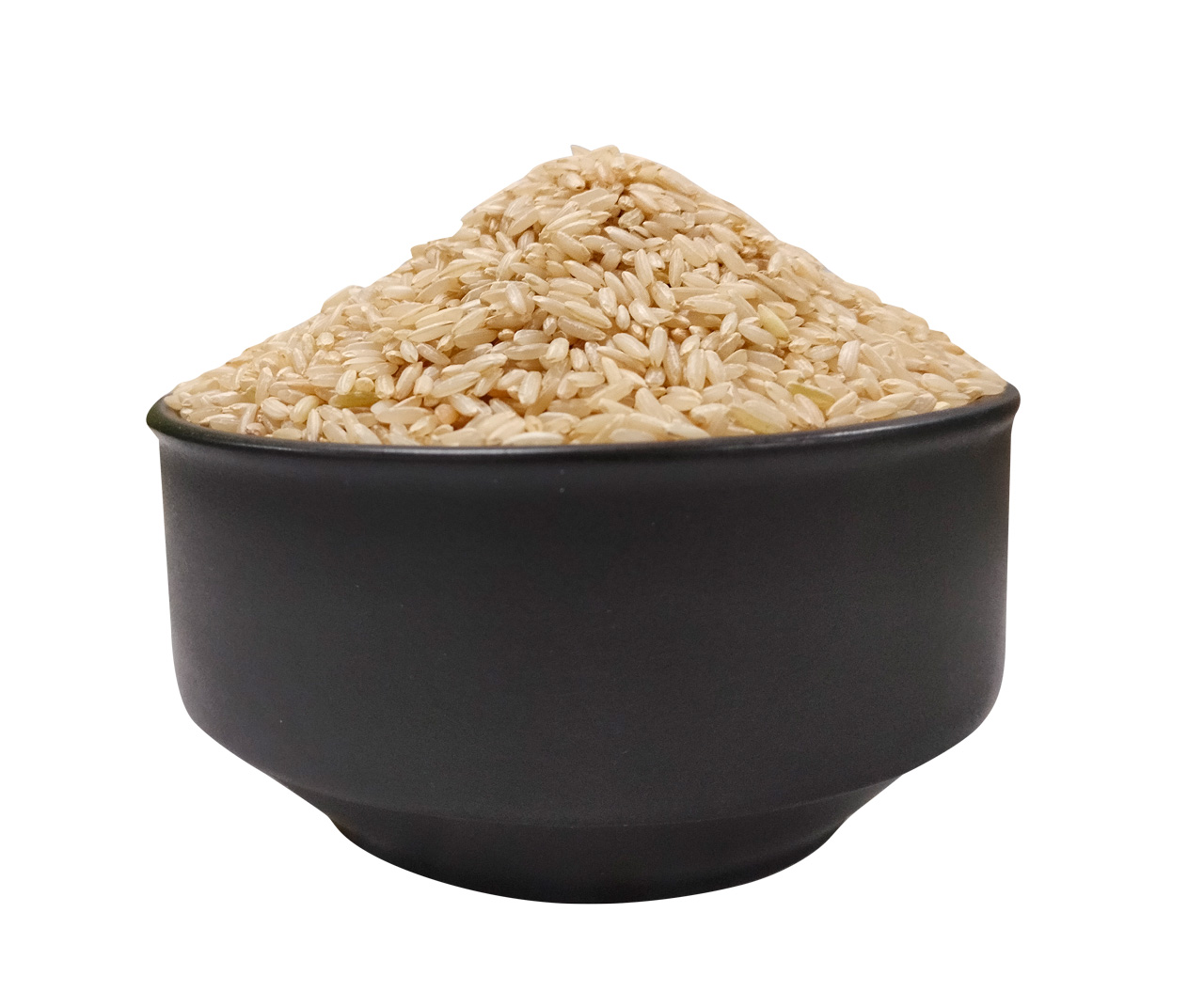
BROWN RICE
Brown rice is a whole grain that includes both the bran and the germ. These include fibre as well as a variety of vitamins and minerals. Brown rice grows in saline areas of the region. Brown rice is a highly versatile and adaptable crop that can be cultivated in most agro-climatic zones and soil kinds in India.
![]()
Benefits:
Brown rice is higher in nutrients than white rice and may be better for blood sugar levels, heart disease risk, and weight control. Many of the nutrients in brown rice are beneficial to your heart. It’s high in dietary fibre, which can lower your chance of dying from heart disease.
![]()
Cooking Method:
The Classic Method
- Bring a large pot of water to a boil, using at least 6 cups of water for each cup of rice.Rinse the rice in a fine mesh colander under running water to remove excess starch.
- Addthe rice in a pot of boiling water. Reduce the temperature as needed to prevent overflow, but keep the water at a continuous boil. Boil for 30 minutes, uncovered.
3. Drain off the remaining cooking water and return the rice to the pot. Cover the pot and leave the rice to rest, off the heat, for 10 minutes. Fluff with a fork, season with salt and pepper, and serve.
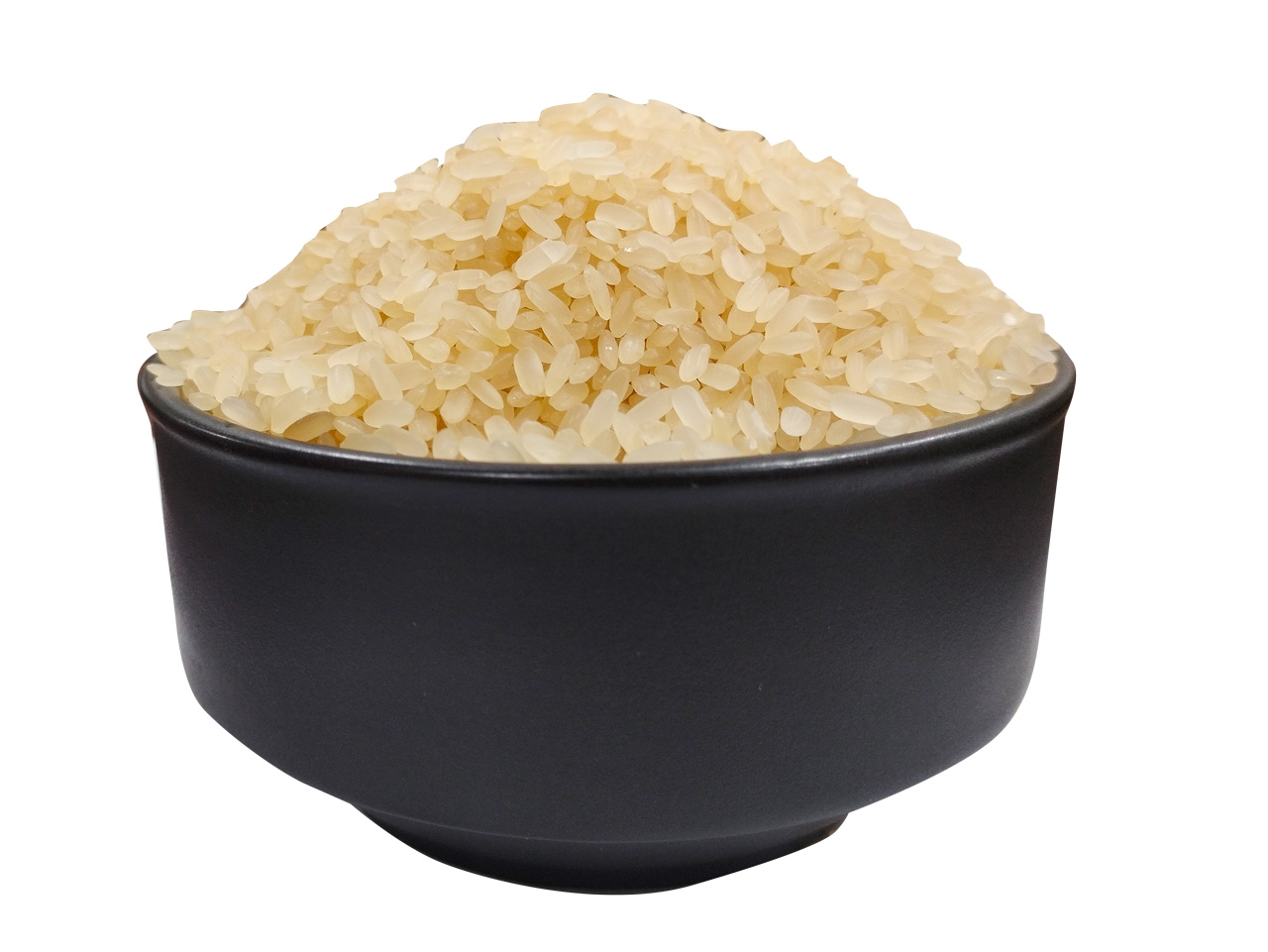
JAYA RICE
Jaya rice is one of the popularly used rice varieties in Kerala.Mostly grown in Karnataka, Andhra Pradesh, and sections of Kerala. Its particular flavour, colour, size, and crispness make it an ideal accompaniment to all traditional Kerala cuisines. The Jaya Rice variety is especially popular in the state’s southern regions, from Alappuzha to Thiruvananthapuram.Jaya rice is processed within the state using processors with utmost care given to hygiene and quality, makes it the foremost well-known rice and is exported to numerous parts across the world.
![]()
Benefits:
It contains lots of carbohydrate, which gives you a lot of energy. It also aids in the treatment of digestive problems such diarrhoea, colitis, and dysentery. In terms of fibre and protein content, antioxidants with vitamin E advantages, and minerals like iron, boron, and sulphur, it was rated among the best. White rice is also low in fibre, making it easy for our bodies to digest. It is the perfect addition to the daily diet for those seeking bowel regularity.
![]()
Cooking Method:
The Classic Method
Drain the water from the rice that has been soaked (pre-soaking is needed). In the pressure cooker, combine the rice and water&add a big pinch of salt (If needed). In a low medium flame, pressure cook for 10 whistles, then simmer for 10 minutes (do not worry about the whistles).Switch off and do not open or disturb it for 15mins
Packaging
Our packaging unit can handle 1kg, 5kg, 10kg, 20kg, 25kg, 40kg, 50kg, and 75kg packing sizes. We use PP Pouches, Poly Woven Bags, Jute Bags, Vacuum Packing, and Poly Laminated Jute Bags to package our products. We also pack and label our products according to the specifications of our buyer’s requirement.
